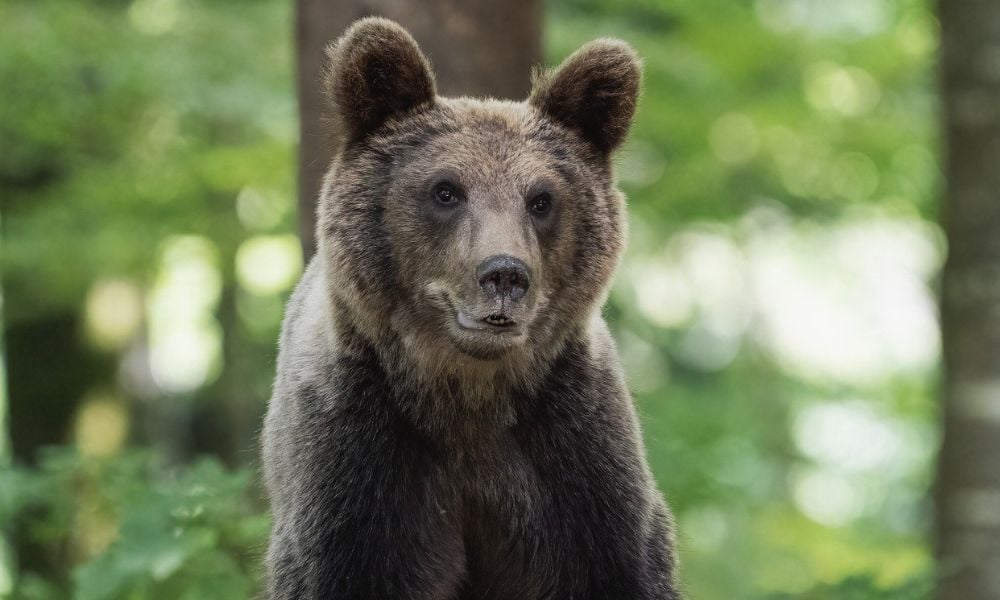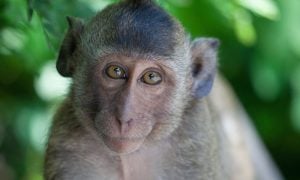A new study projects that by 2070, habitat sharing between humans and animals will increase on almost 57% of Earth’s land and decrease on less than 12%. While climate change is a contributing factor, the growth of human populations is the primary cause of the spike, according to the study’s authors.
Scientists from University of Michigan, University of Washington, and University College London generated maps and statistics that predict the overlapping habitat distribution of humans and over 20,000 land-based vertebrate animals. They considered a wide range of variables in their research, including predictions for wildlife responses to habitat shifts and climate change, as well as demographic and economic projections.
The results show that humans will need to become comfortable sharing their space with wildlife and animals will need more protection from increased human activity. For example, a red fox caught in a piece of improperly discarded litter was rescued by wildlife biologists from the Connecticut Department of Energy and Environmental Protection (DEEP).
The study predicts a substantial increase in shared territory in areas that already have dense human populations. Researchers forecast that the overlap will significantly reduce biodiversity and the number of species in a region – especially in forested areas.
“The species inhabiting Earth today have not evolved in isolation: they co-evolved, interacting with each other and forming complex networks of ecological associations,” Katarzyna Mikołajczak, a Grantham Research Institute postdoctoral research officer, said. “Organised into ecosystems, this web of life enables the ecological processes that all life – including humankind – depends on.”
The study’s authors assert that an effective response to the overlap will require innovative thinking, as traditional approaches – like creating protected wildlife areas – become more challenging with less land available.
“Our study suggests that with more areas of the world expected to be shared both by people and wildlife, conservation planning will have to get more creative and inclusive,” Neil Carter, a senior author of the study and associate professor at University of Michigan, told University of Washington News staff.








